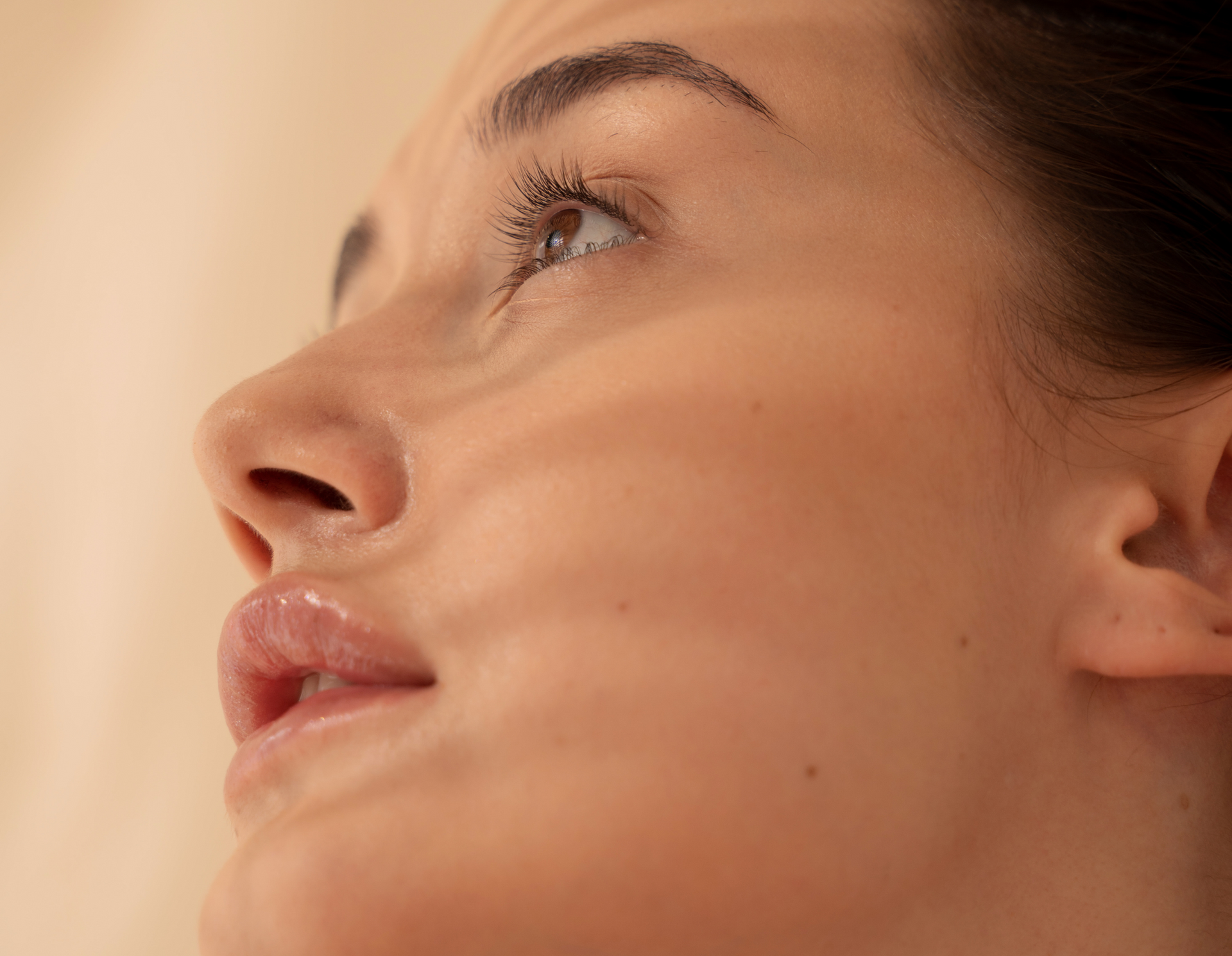How to Choose the Best Skincare Products for Radiation-Treated Skin
Key Ingredients and Formulas to Soothe and Protect Your Skin
Radiation therapy is a powerful tool in the fight against cancer, but it often comes with skin-related side effects. Redness, dryness, peeling, and irritation are common, making it essential to choose skincare products that nourish, protect, and support healing. The right routine can help maintain your skin’s health and comfort throughout treatment.
Understanding Radiation’s Impact on the Skin
While radiation effectively targets cancer cells, it can also affect the surrounding healthy skin. Common effects include:
- Dryness and dehydration – Skin loses moisture and can feel tight or flaky.
- Irritation and redness – Inflammation similar to a sunburn is common in the treated area.
- Peeling or blistering – More severe reactions can cause the skin to break down or peel.
Supporting your skin with the proper care during this time can make a significant difference in your overall comfort and healing process.
Key Ingredients to Look for in Skincare
When selecting skincare products for radiation-treated skin, look for formulations that are gentle, hydrating, and restorative. Ingredients to prioritize include:
- Aloe Vera – Naturally soothes irritation and calms redness.
- Hyaluronic Acid – Delivers intense hydration to dry, compromised skin.
- Ceramides – Help restore and strengthen the skin barrier.
- Calendula – Offers anti-inflammatory benefits to reduce skin discomfort.
- Vitamin E – Supports skin repair and protects from free radical damage.
These ingredients work together to nourish your skin and reduce the discomfort caused by radiation therapy.
What to Avoid in Skincare for Radiation-Treated Skin
Equally important is knowing what not to use. Products that are too harsh can worsen side effects and hinder healing. Avoid:
- Fragrances and essential oils – Common irritants that can trigger redness and inflammation.
- Alcohol-based products – Dry out the skin and disrupt its natural barrier.
- Harsh exfoliants or scrubs – Can increase sensitivity and damage already fragile skin.
Choose formulations that are labeled hypoallergenic, fragrance-free, and specifically made for sensitive or compromised skin.
The Role of Kureology M.D. Skincare
At Kureology M.D., we understand the unique needs of skin undergoing radiation therapy. Our over-the-counter products are developed by a practicing oncologist with over a decade of experience supporting patients through treatment. Each formula is crafted with safe, calming ingredients to reduce irritation and promote skin resilience.
Our skincare solutions are:
- Hypoallergenic
- Fragrance-free
- Rich in barrier-repairing ingredients
- Backed by medical insight
Choosing Kureology M.D. means trusting in science-backed skincare created for your skin’s toughest moments.
Caring for Your Skin with Confidence
Radiation therapy can challenge your skin, but the right skincare routine can make a world of difference. By choosing gentle, restorative products with carefully selected ingredients, you can protect your skin, reduce discomfort, and support healing.
Contact Kureology M.D. for guidance on safe and effective skincare options.





Share On: